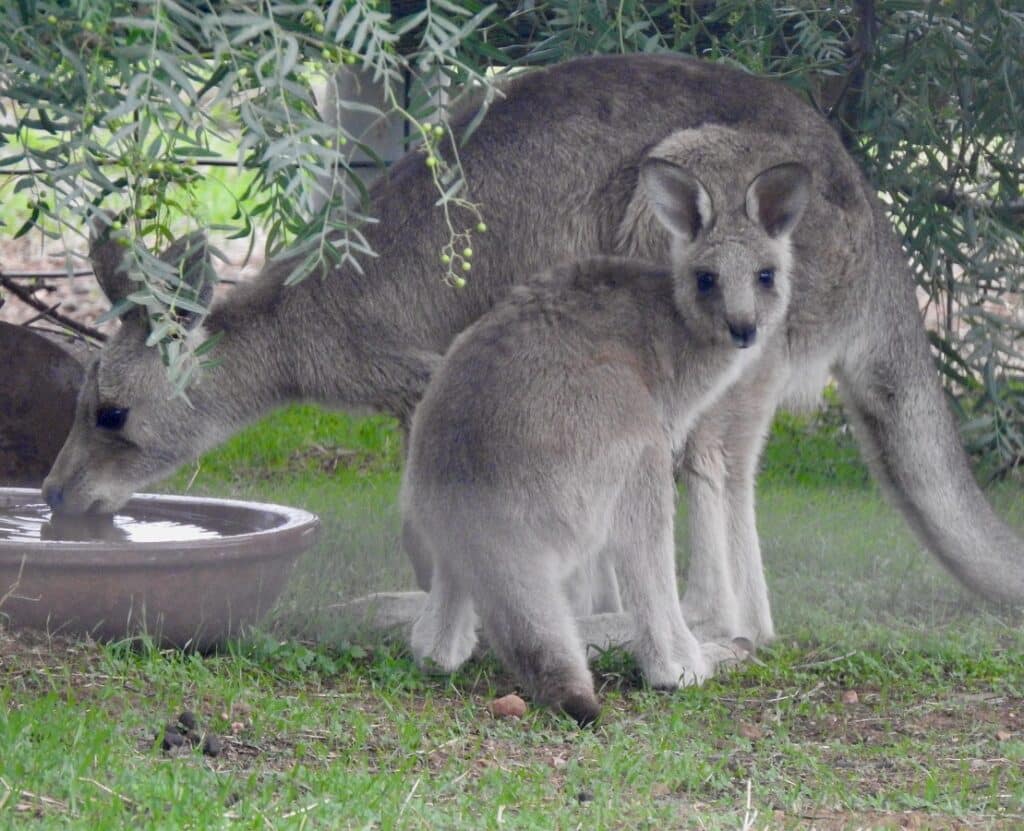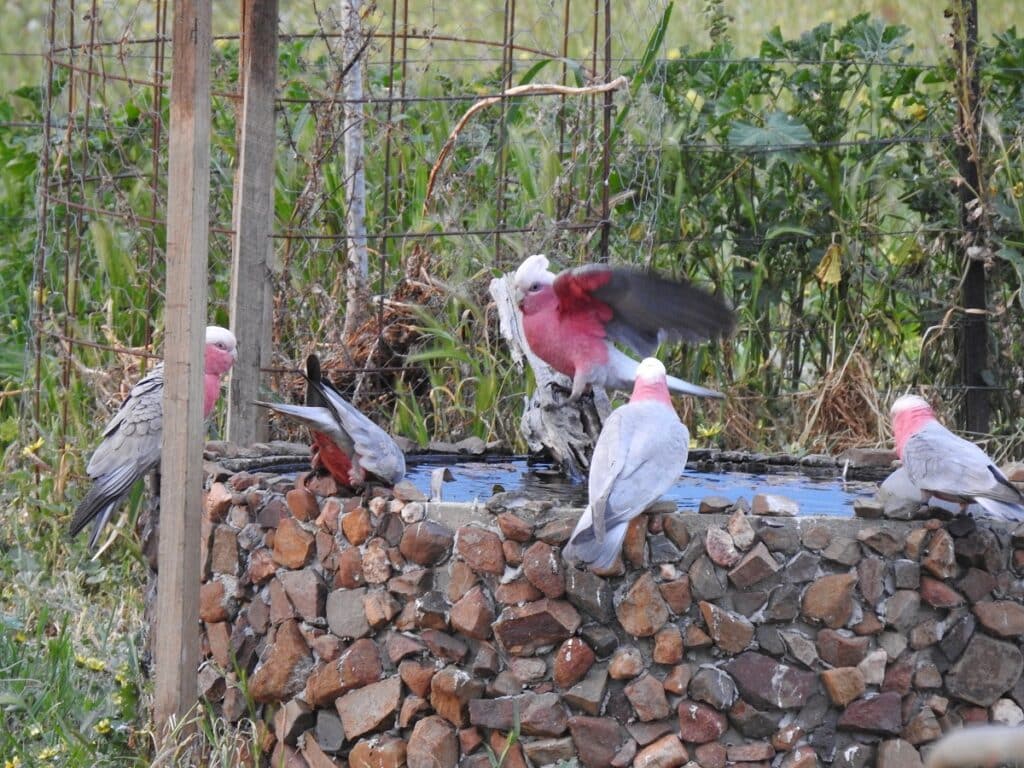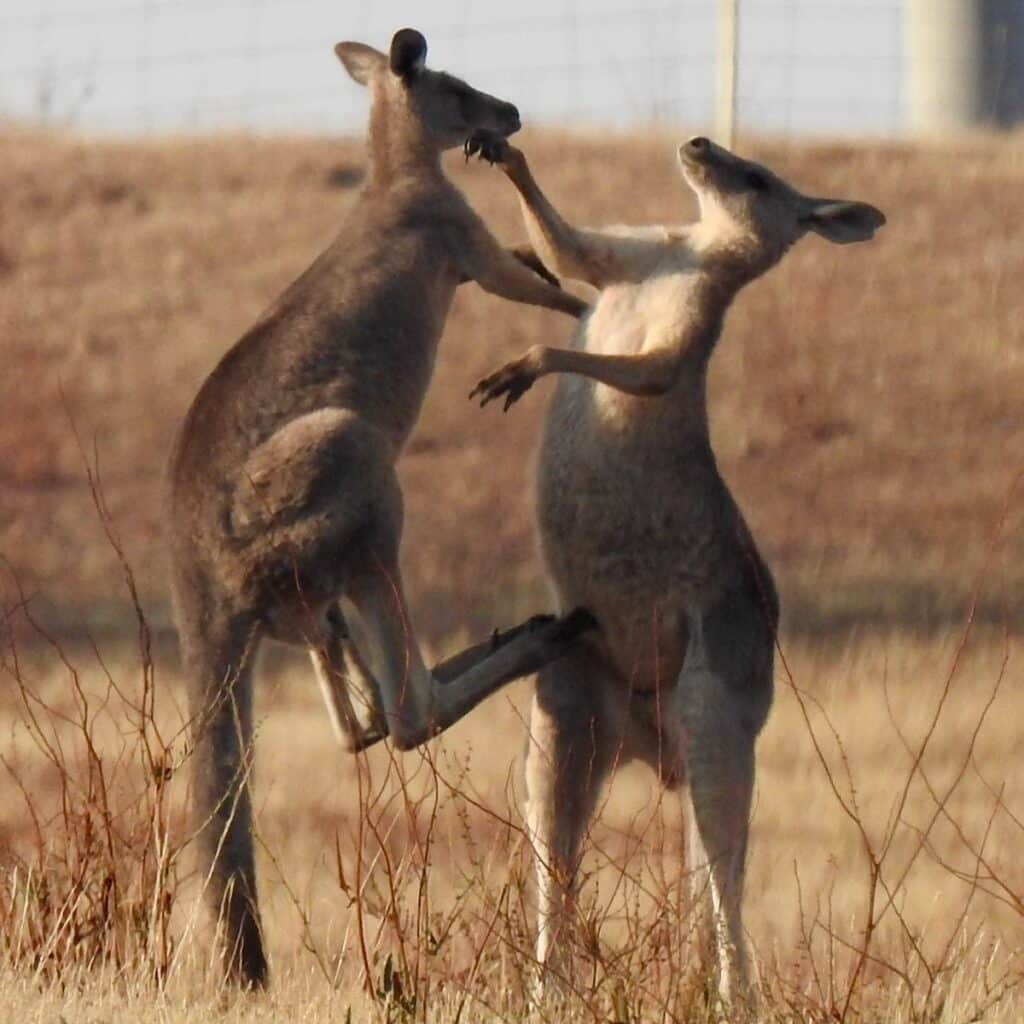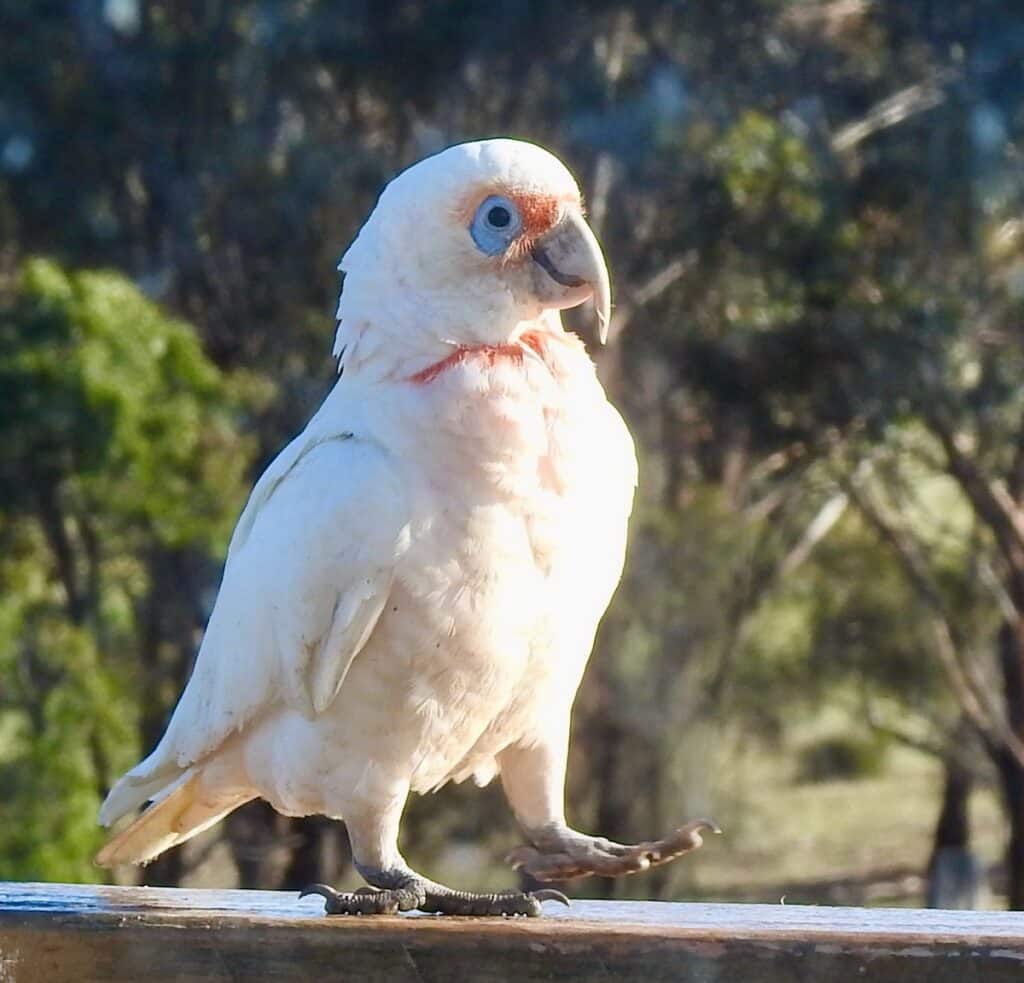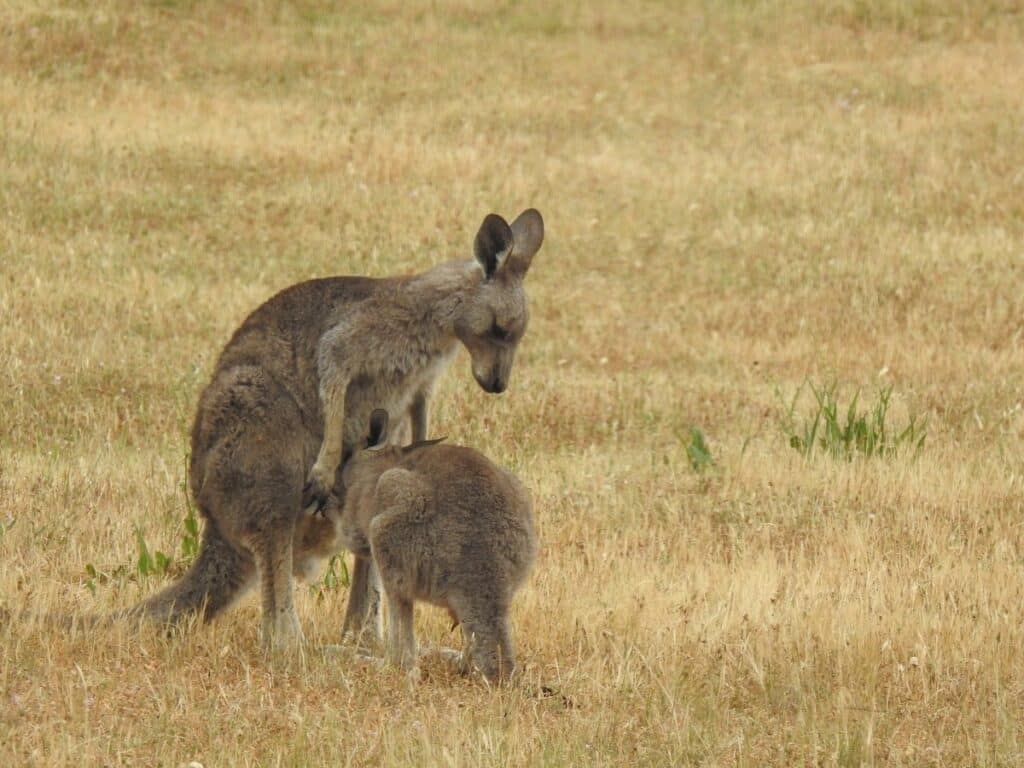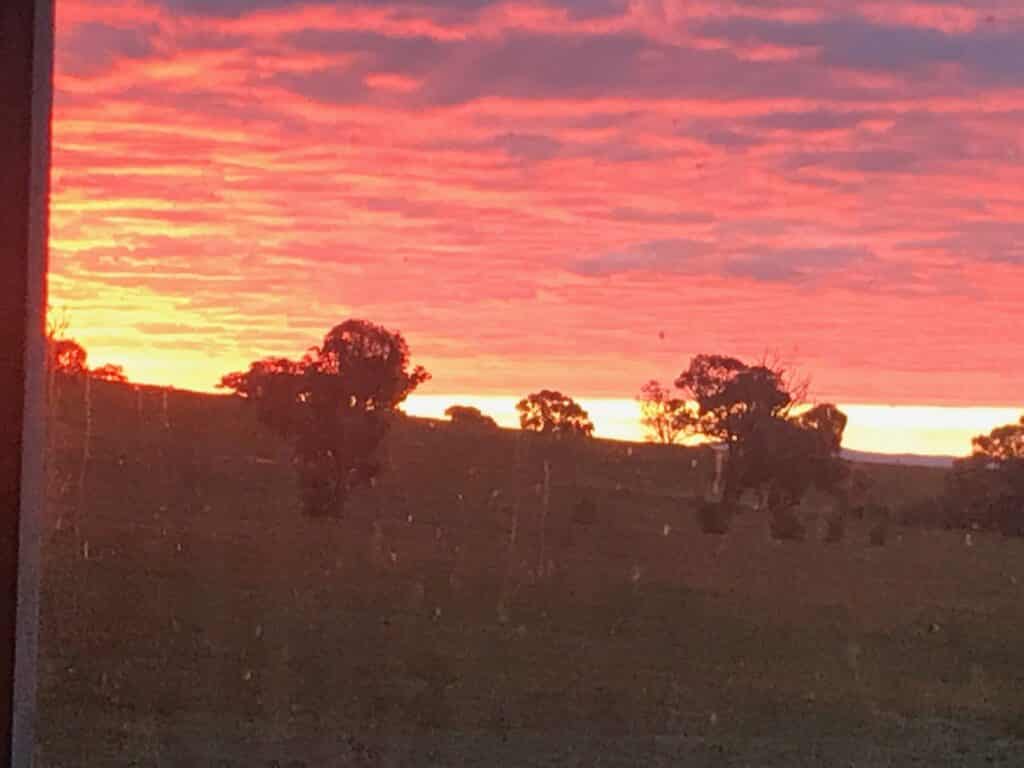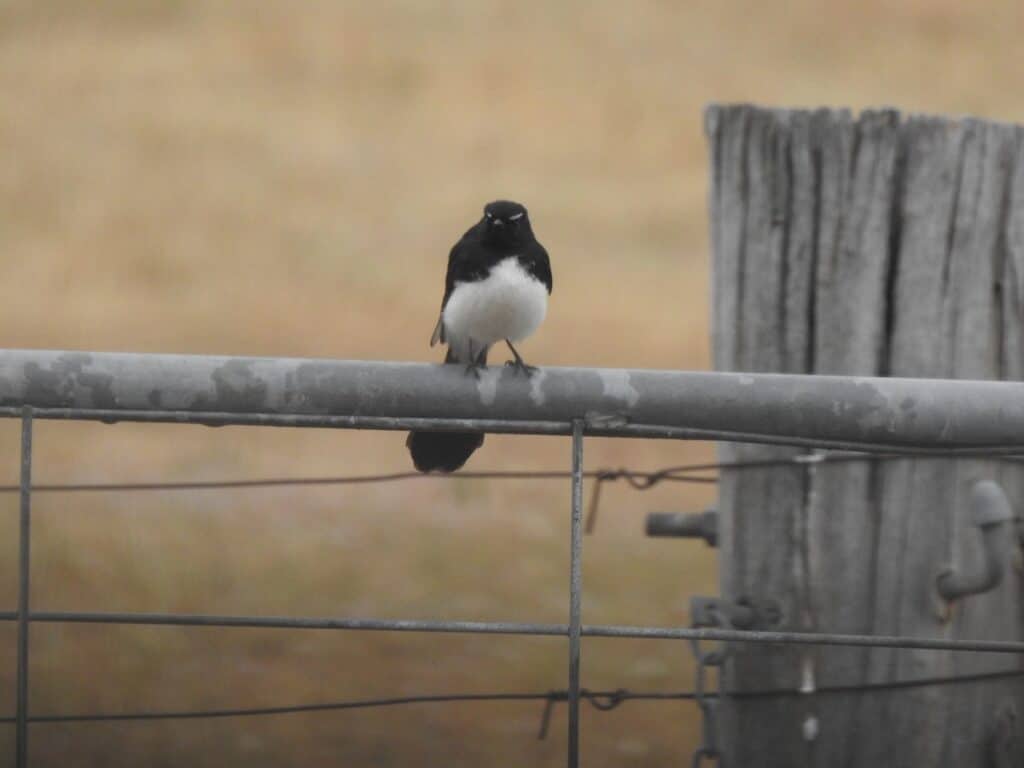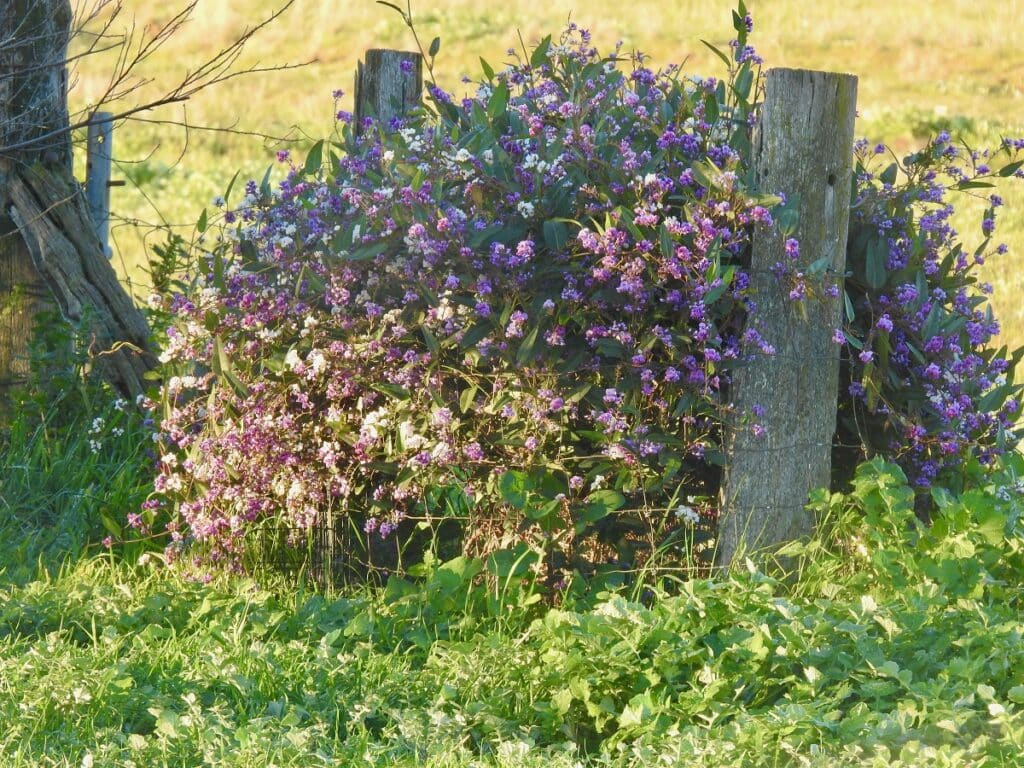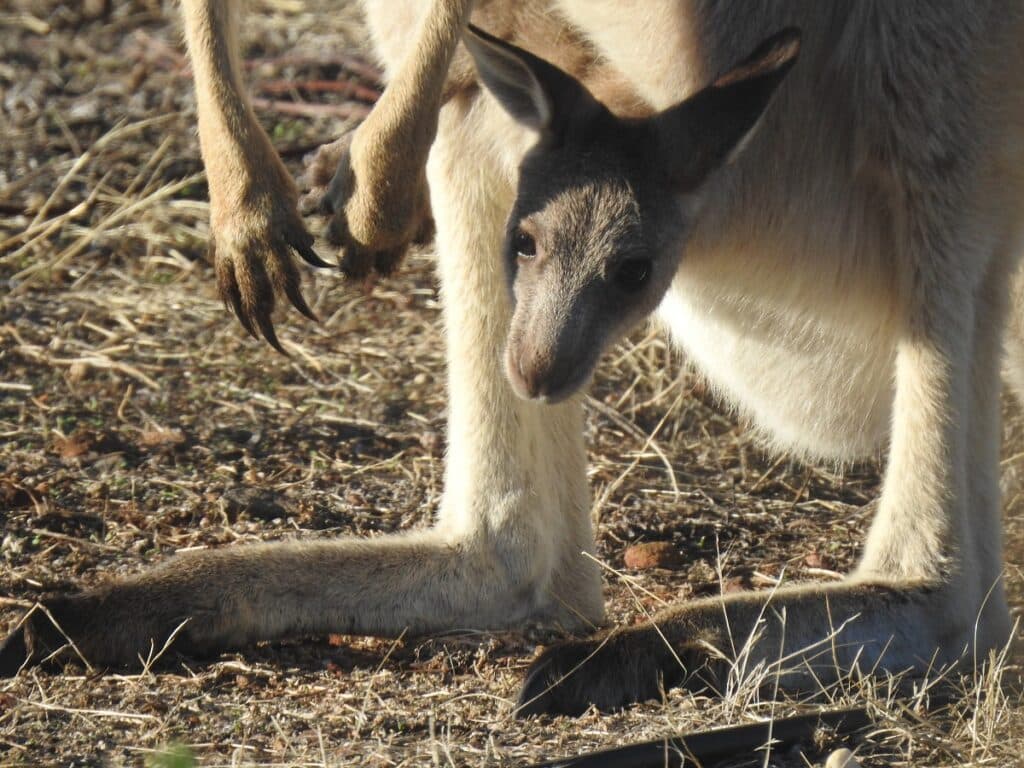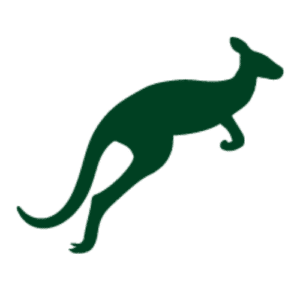Formerly a sheep farm, this 42-hectare property was destocked several years ago to become a dedicated refuge for wildlife and their habitat.
“Tabulam” in many indigenous languages, means “my native home” “resting place” or “the originals”.
The owners of this property have removed internal fencing to allow natural movement of native animals. White ties line the top wire of external fencing to ensure animals can see it, hence preventing fence injuries. Tunnel “underpasses” have been created under fences adjoining wildlife friendly neighbours, which are used by joeys who can’t quite keep up with mum yet. There is no barbed wire anywhere.
The property provides water, shade and food sources for a range of native animals.
Vegetation is largely comprised of native grasses, stands of grey box (Eucalyptus microcarpa) and wattle (Acacia spp.). Native shrubs like the beautiful hardenbergia violacea, bottlebrush and callistemon support bees, honeyeaters and other small birds.
A rich array of birdlife is present including magpies (Gymnorhina tibicen), galahs (Eolophus roseicapilla), sulphur-crested cockatoos (Cacatua galerita), wedge-tailed eagles (Aquila audax), superb fairy-wrens (Malurus cyaneus), long-billed corellas (Cacatua tenuirostris), eastern rosellas (Platycercus eximius), willie wagtails (Rhipidura leucophrys), hawks, wattlebirds and finches. Wildlife is diverse and includes kangaroos, swamp (Wallabia bicolor) and red-necked (Macropus rufogriseus) wallabies, short-beaked echidnas (Tachyglossus aculeatus), snakes and the occasional native rodent.
The owners say since the sheep have departed, the quality of the land has been much better. There are less weeds, pasture is lush and plentiful – so plentiful the natives are not keeping up with it, and the property is slashed from time to time. The owners intend to slash and bale for farmers who may be in need in future.

